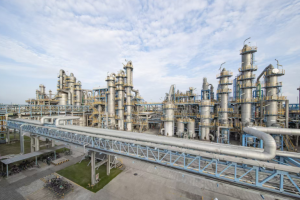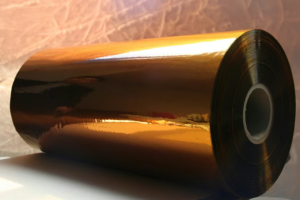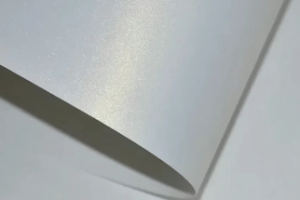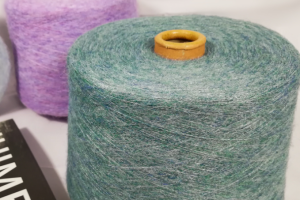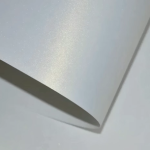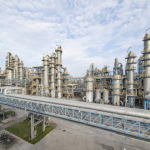March 18, 2025 – In the chemical industry, titanium dioxide (TiO₂) is widely utilized for its exceptional properties. However, untreated titanium dioxide tends to absorb water and agglomerate, limiting its application in organic polymers. Therefore, effective surface modification of titanium dioxide is crucial. To assist industry professionals, the Powder Technology Network has compiled ten surface modification formulas for titanium dioxide, offering new insights into expanding its applications.

Formula 1: For UV-curable coatings, oleic acid is used as the modifier. The raw titanium dioxide is first treated to remove surface impurities, and then oleic acid is pre-adsorbed through immersion. After a series of reactions, oleic acid-modified titanium dioxide is obtained. Testing shows that the modified titanium dioxide enhances the photopolymerization initiation efficiency in an air atmosphere, reducing the need for small-molecule photoinitiators and minimizing residues. In UV-curable white coatings, it can reduce the amount of photoinitiator TPO used, thereby mitigating yellowing issues.
Formula 2: This formula compares the effects of silane coupling agents and silicone oils on titanium dioxide modification. The triple-washed titanium dioxide filter cake is mixed with various organic treatment agents, dried, and crushed. The results indicate that silane coupling agents have a more significant impact on the thermal stability of titanium dioxide compared to silicone oils and modified silicone oils. Amino groups can lead to yellowing, and different organosilicon compounds have varying effects on titanium dioxide properties, with notable impacts on oil absorption but insignificant effects on brightness and whiteness. According to insights from the Color Masterbatch Industry Network, these differences are closely related to the functional groups and structures of the organosilicon compounds.
Formula 3: Designed for use in makeup base creams, this formula uses triethoxysilyl octyl silane as the modifier. Titanium dioxide is mixed and reacted with multiple substances, then filtered, washed, dried, and ground to obtain composite-modified titanium dioxide. When the silane addition is 3.4% and the modification time is 40 minutes, the titanium dioxide surface successfully grafts the silane, becoming completely hydrophobic. The skin feel evaluation is optimal, and oil absorption is reduced. The composite-modified titanium dioxide meets the requirements for makeup base creams and performs closely to leading international commercial products.
Formula 4: Targeting PET plastics, this formula compares the modification effects of stearic acid and various coupling agents on titanium dioxide. The modifier is mixed with titanium dioxide and stirred at high speed to obtain modified titanium dioxide. Stearic acid-modified titanium dioxide shows improved dispersion in PET substrates, with the best dispersion achieved after optimizing process parameters. The modified titanium dioxide does not accelerate the aging of PET substrates, and the characteristic groups of stearic acid enhance its dispersion in PET substrates.
Formula 5: In ABS resin applications, this formula compares the modification effects of polysiloxanes and polyols on titanium dioxide. The titanium dioxide is pulped and dispersed, sprayed with organic modifiers, then dried and crushed. Polysiloxane-treated titanium dioxide exhibits hydrophobic properties, enhancing compatibility with plastic resins. Polyol-modified titanium dioxide shows hydrophilic properties, affecting plastic application performance. Polysiloxane A-treated titanium dioxide has the least impact on the mechanical properties of ABS resin products.
Formula 6: Also targeting ABS resin, this formula compares the modification effects of aluminate, aluminum zirconate coupling agents, polysiloxanes, and trimethylolpropane on titanium dioxide. The modified titanium dioxide exhibits varying properties, with aluminate and aluminum zirconate treatments having the least impact on the mechanical properties of ABS resin systems, resulting in the best material tensile and impact strength.
Formula 7: For water-based coatings, this formula compares the modification effects of polyhydroxy compounds, silane coupling agents, and siloxanes on titanium dioxide. The titanium dioxide filter cake is mixed with organic treatment agents, dried, and crushed. Polyhydroxy-modified titanium dioxide shows good performance in terms of dispersion, oil absorption, and whiteness in coatings. TME-coated titanium dioxide optimizes its performance in organic media and enhances compatibility with resins in coatings.
Formula 8: Targeting coatings, this formula compares the modification effects of ethylene glycol, 1,2-propanediol, trimethylolpropane (TMP), and pentaerythritol on titanium dioxide. Different alcohol modifiers are used to treat titanium dioxide, with polyol TMP-modified titanium dioxide showing good performance in terms of dispersion, gloss, and hiding power in coatings, enhancing the overall quality of the coating film. It is recommended to use polyol-based organic modifiers for titanium dioxide in coatings.
Formula 9: For PVC calendered films, this formula compares the modification effects of KH-550, KH-560, KH-570, stearic acid, and titanate NDZ on titanium dioxide. The modified titanium dioxide exhibits different properties, with titanate modification yielding the best results. The PVC/titanium dioxide composite with titanate-modified titanium dioxide shows the best overall mechanical properties. Scanning electron microscopy reveals fewer agglomeration phenomena and a uniform, dense cross-sectional morphology.
Formula 10: Targeting fully matte polyamide fibers, this formula compares the modification effects of coupling agents, acid amines, and SDBS on titanium dioxide. Different modifier solutions are reacted with titanium dioxide slurry to obtain organically and inorganically composite-modified titanium dioxide. Different systems show varying modification effects, with the three samples of 5% SDBS – 4h, 5% KH-570 – 4h, and 5% DA – 2h serving as titanium dioxide matting agents for preparing fully matte polyamide chips during polymerization.
These modification formulas provide a wealth of options for the application of titanium dioxide in various fields, helping to drive further development in the titanium dioxide industry and meet market demand for high-performance titanium dioxide products.

